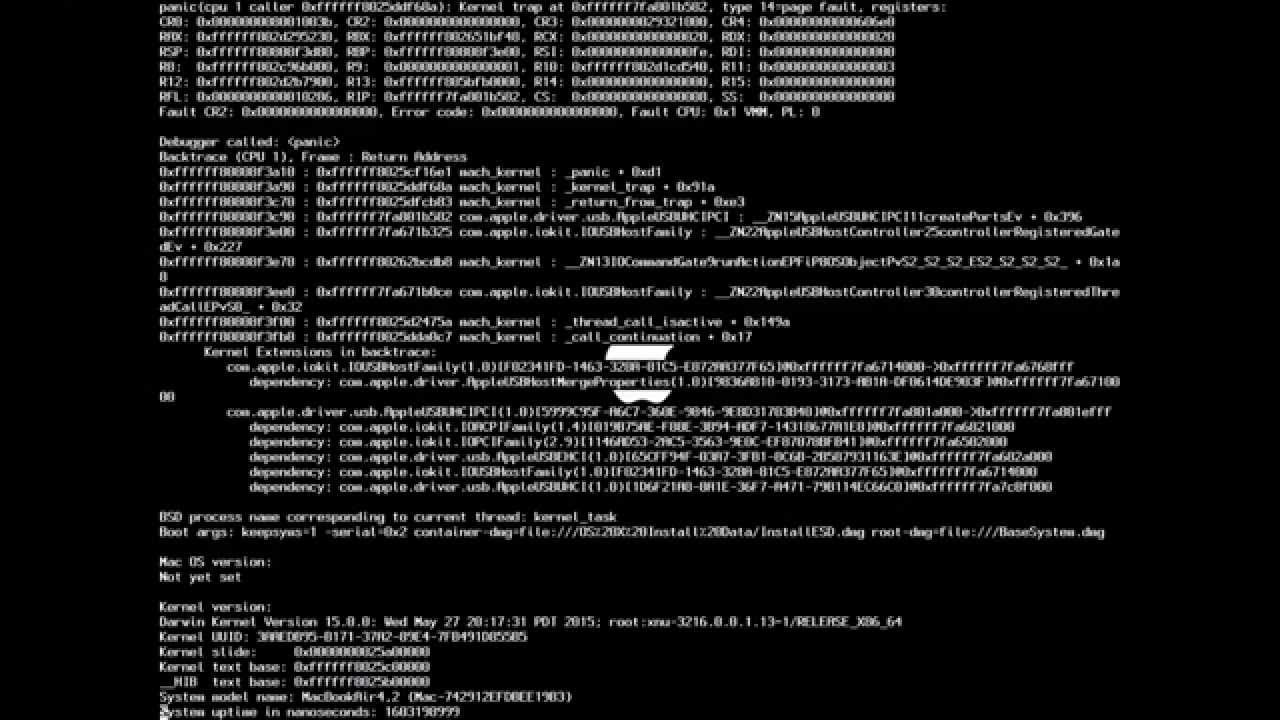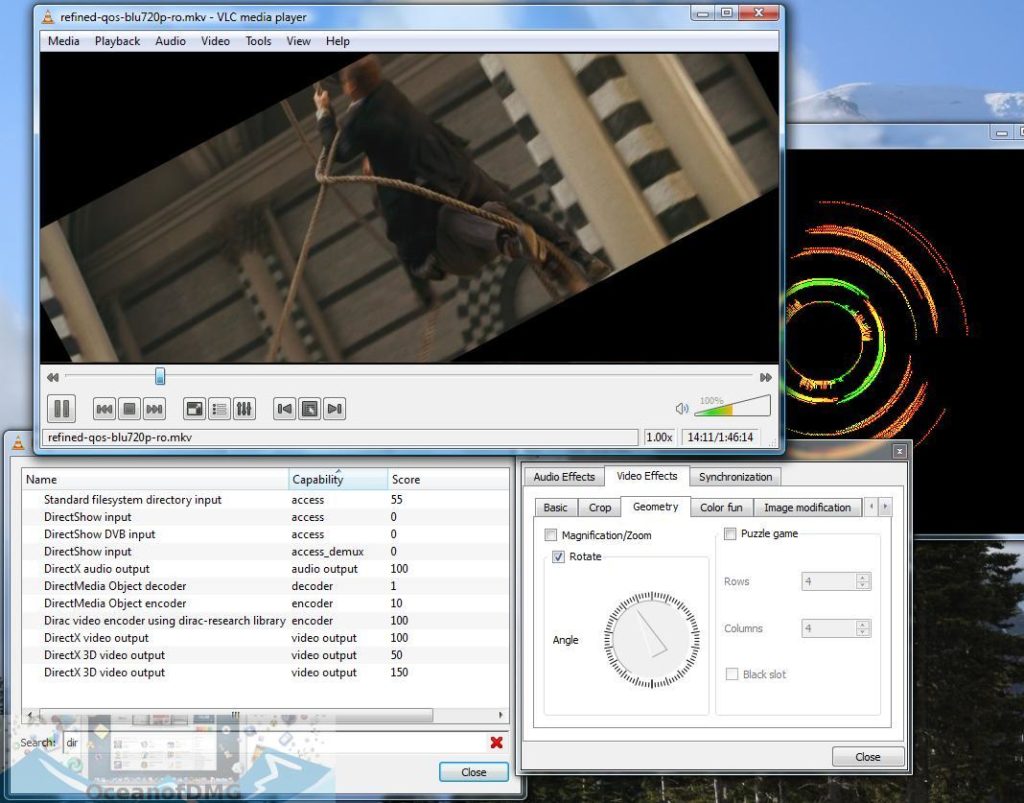
- #.dcr player for mac for mac
- #.dcr player for mac full version
- #.dcr player for mac mac os
- #.dcr player for mac software
- #.dcr player for mac Pc
#.dcr player for mac mac os
Director Projector applications created using Director MX 8.x can be used in Mac OS 8.6 or higher and in Mac OS X. In practice, this is very slow, since the material isn’t usually designed for this kind of access. In theory, this content can also be viewed using a Web browser and the Shockwave plug-in. Usually, these documents are viewed with Director Projector, a program created using Director (Macromedia). Some CDs employ Shockwave files, often in conjunction with QuickTime. However, this usually needs Joliet Volume Access, as described above. #.dcr player for mac for mac
However, it may be possible to read the following types of data:-įortunately for Mac users, some PC-based CDs contain Web-based material that can be viewed using a normal Web browser.
#.dcr player for mac full version
However, if you install the full version of Joliet Volume Access you can choose to read either section.Īssuming File Exchange is installed, you can view the contents of a PC-based disk in exactly the same way as a normal Mac-formatted disk, although some files are often unreadable, apart from those automatically recognised by QuickTime, Picture Viewer or SimpleText.
Under normal circumstances, a Mac OS computer only reads the Mac-formatted part of a hybrid CD, ignoring the ISO 9660 section provided for a PC. However, the problem can be fixed by installing an extension known as Joliet Volume Access (Miles Software/Tempelmann). Instead, the Mac OS reverts to the older short file names (eight characters plus a three-character filename extension), preventing anything that refers to CD file names from working. However, for some strange reason it doesn’t support the Joliet system, a variation of the ISO 9660 standard that provides long file names for CDs in the Windows environment. Later versions of the Classic Mac OS accommodate long file names (LFN). #.dcr player for mac Pc
ISO 9660 CDs are often unsuitable for a Mac, since they can contain PC applications.The Classic Mac OS can read most types of Compact Disc (CD), including standard High Sierra (HS), ISO 9660, Macintosh OS Format or Macintosh OS Extended Format discs. You can insert it again later, if required. So when you drag a disk to the Trash you must wait for it to ‘spin down’ and then eject it manually.
 Most non-Apple drives don’t self-eject. Also, if you leave a removable disk engaged during startup you may get a Sad Mac warning. Note that non- Mac external hard disk drives must be switched on before applying power to the machine. You can mount a non- Mac disk using the PC Exchange tab in File Exchange: just click on Mount Now and enable the Mount at startup check box.
Most non-Apple drives don’t self-eject. Also, if you leave a removable disk engaged during startup you may get a Sad Mac warning. Note that non- Mac external hard disk drives must be switched on before applying power to the machine. You can mount a non- Mac disk using the PC Exchange tab in File Exchange: just click on Mount Now and enable the Mount at startup check box. 
#.dcr player for mac software
Individual partitions can only be erased if all the partitions use the same filing system, while special software is needed to format or resize partitions on disks with more than one system. These appear separately on the Desktop, although only Mac partitions are shown if the disk has both Mac and MS-DOS partitions. It also allows a hard disk drive or removable disk to be divided into a number of partitions, each formatted to the FAT ( MS-DOS), Mac OS or ProDOS standards. Mac OS Extended Format (HFS Plus) Mac OS Format (Hierarchical Filing System or HFS) It supports the following filing systems:- Filing System (Format) 
The File Exchange control panel, provided in later versions of the Classic Mac OS, lets you format, read or write data to a PC-standard disk.
Mac OS applications can’t be launched on a Windows machine under any circumstance. To run Windows applications on Mac (rather than just transfer data from one platform to another) you must use PC emulation software, such as Virtual PC (Connectix). The terms PC and Windows are often used interchangeably to refer to the same computer platform, since most PC owners employ Windows, although the latter isn’t compulsory. Fortunately, Mac OS conversion software is available to fix both of these problems. Sadly, the codes from 128 to 255 often generate the wrong characters, a result of the different character sets used in the two platforms. If all else fails, a standard text file can be used to transfer information between two types of computer, although the arrangement of CR (carriage return) and LF (line feed) codes may need to be changed to give the correct line endings. In addition, TrueType, OpenType or PostScript fonts designed for Windows can also be with Mac OS X. GIF, HTML, JPEG, MIDI, MP3, PNG, QIF ( Quicken Interchange Format), RTF, Text, TIFF, Adobe Illustrator, Adobe Photoshop, Macromedia Dreamweaver, Macromedia FreeHand, Microsoft Excel, Microsoft PowerPoint, Microsoft Word.







 0 kommentar(er)
0 kommentar(er)
